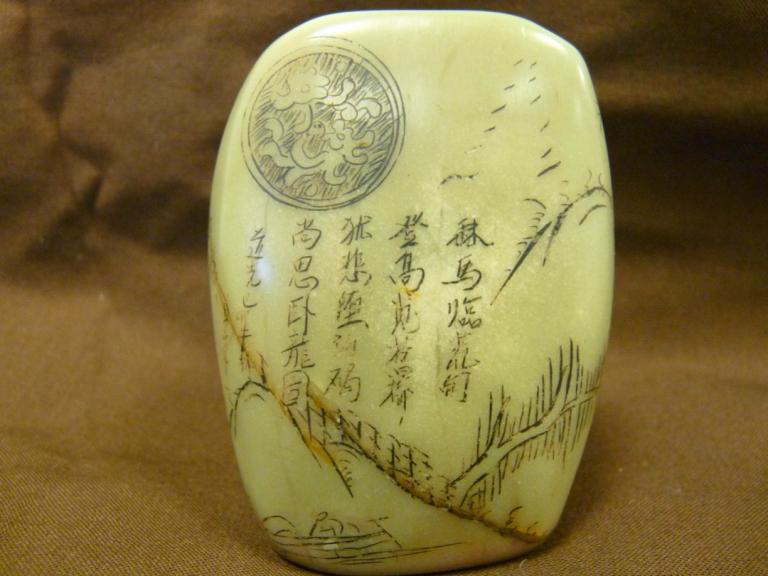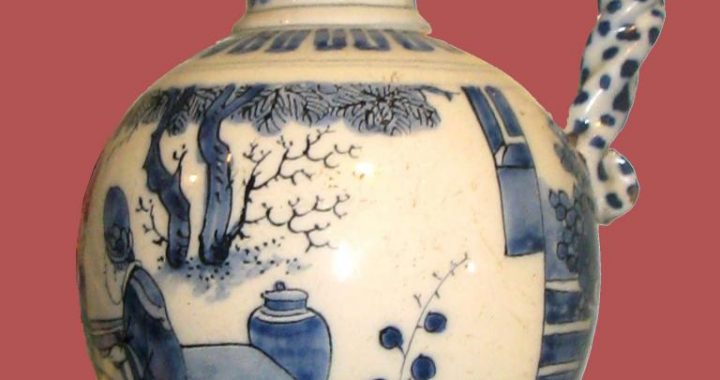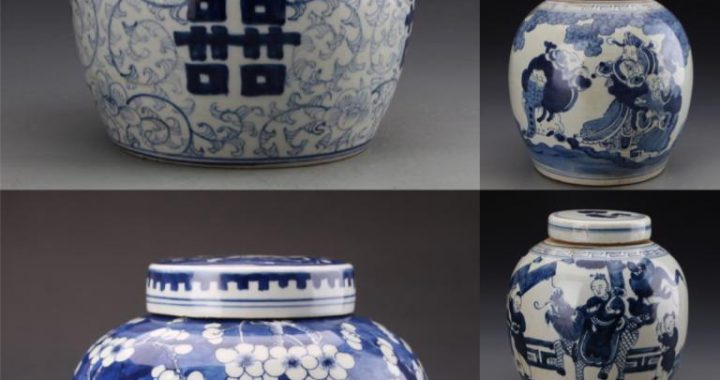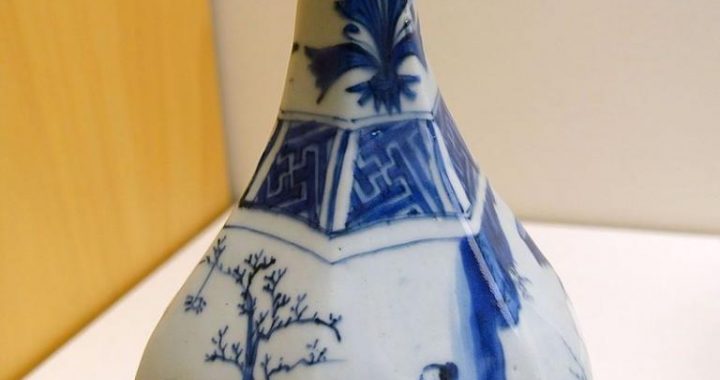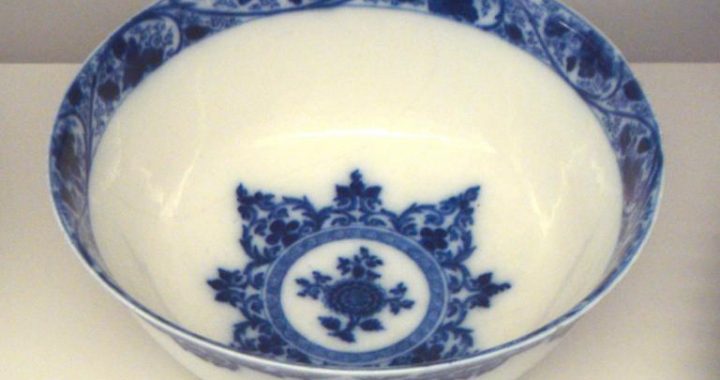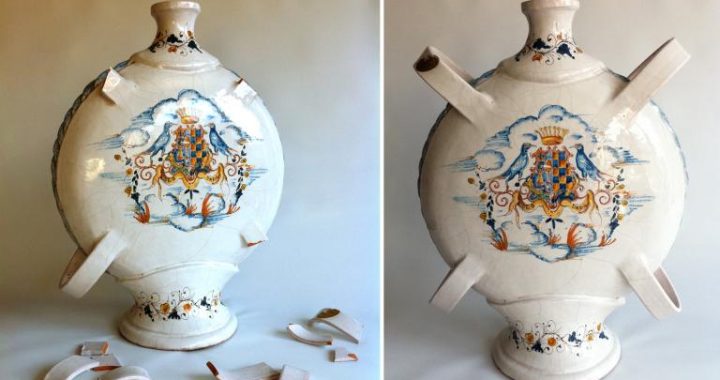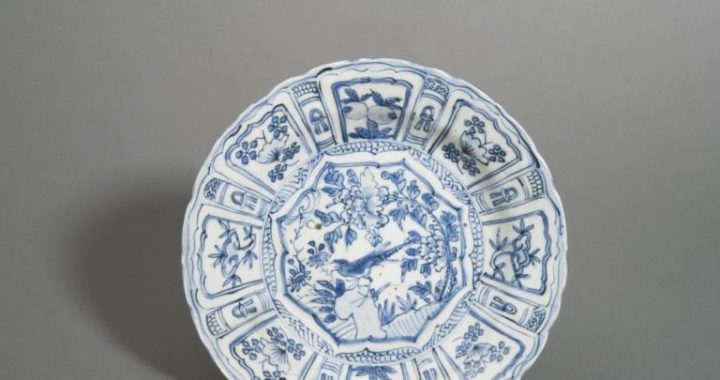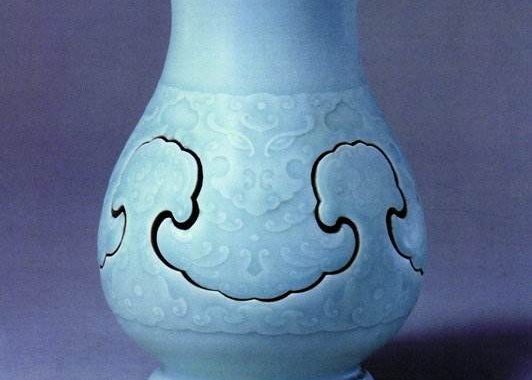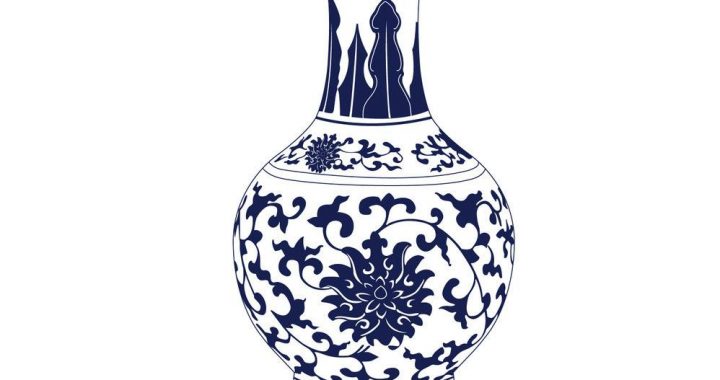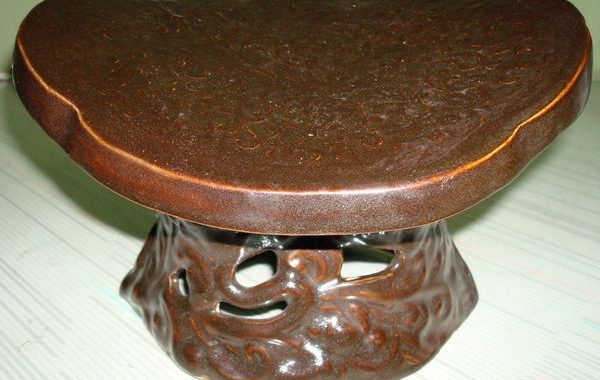Dharma Door Monastery and Secret-coloured Porcelain
2 min readDharma Door Monastery, located in Fufeng, Shaanxi, was first built in late Eastern Han dynasty. It is one of the most important Buddhist monasteries in China, not only for its long history, but because it’s a shrine housing Sakyamuni’s sarira. It is believed that during the reign of Asoka, in order to spread Buddhism, the King distributed Sakyamuni’s sarira to other countries where pagodas were established to worship the holy relic. Dharma Door Monastery is one of such monasteries, originally namedAsoka Monastery. Since its completion, emperors of past dynasties had attached great importance to the monastery.This general mood became especially prominent by the Tang dynasty. Several Tang emperors came to worship thesarira solemnly and held extensive offering ceremonies there. It was renovated under imperial order, and was re-named Dharma Door Monastery, which came down the ages.
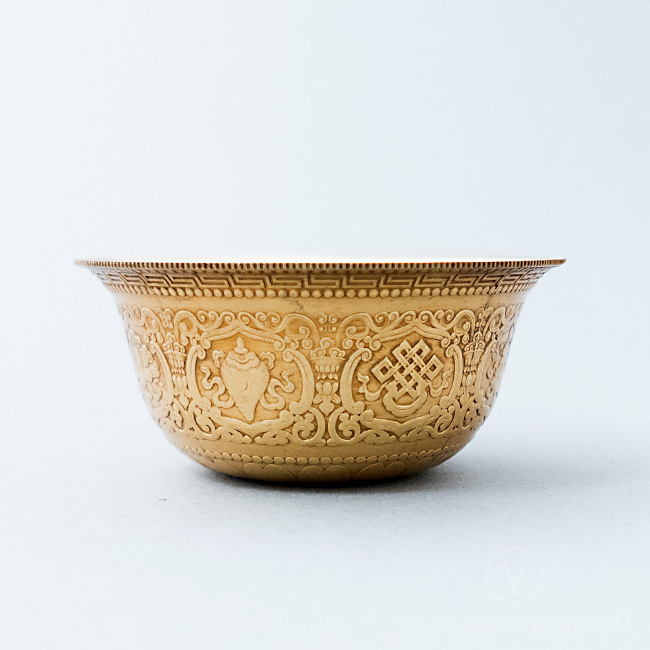
Then, what kind of rare treasures would be placed inside such a highly esteemed monastery? This had been a secret for more than one thousand years until the pagoda restoration in 1987, when the underground chamber of the pagoda was excavated. The sarira and other treasures kept in the underground chamber, including secret-coloured porcelain wares were discovered, putting an end to arguments and imaginations on their glaze colour for over a millennium.
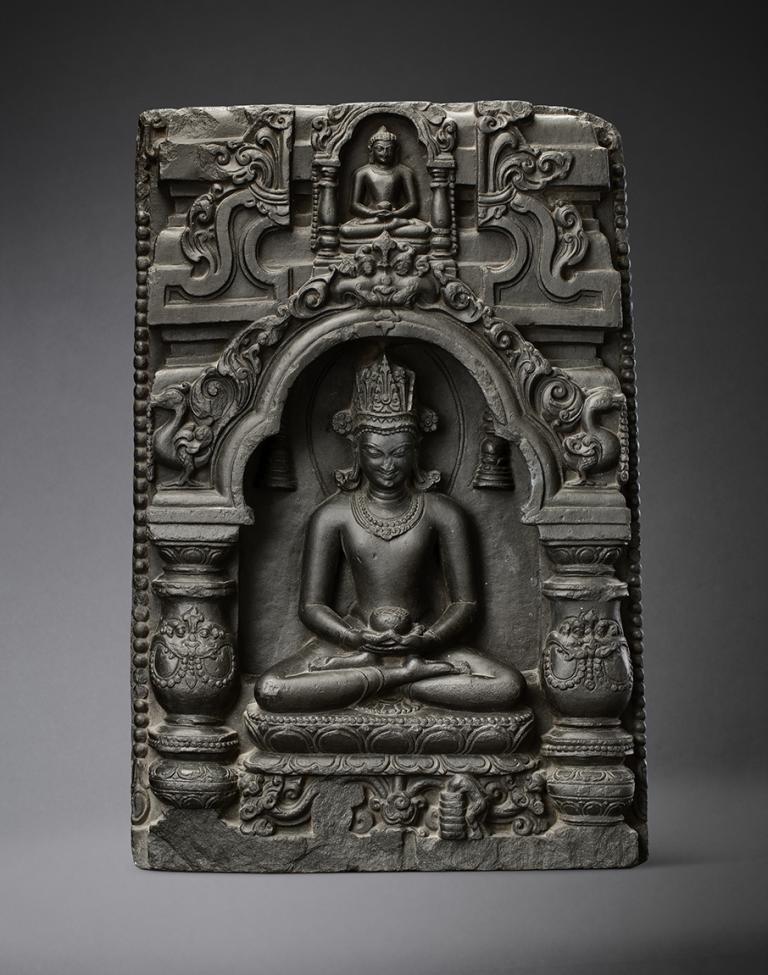
The 14 mi se porcelain wares unearthed at Dharma Door Monastery and highlighted by a lustrous octagonal-shaped vase, have greenish colour tinged with yellow, and were all exquisitely made, bearing similarities to normal Yue wares. Their discovery provides incontestable proof for the firing period of mi se porcelain, which had been debated for a long time. Consensus was reached that its production begun in late Tang dynasty. It was continued in the Wuyue kingdom during the Five Dynasties, but the products were exclusively used by the royal family then. This added to its mystery, which may never be solved without the excavation.
